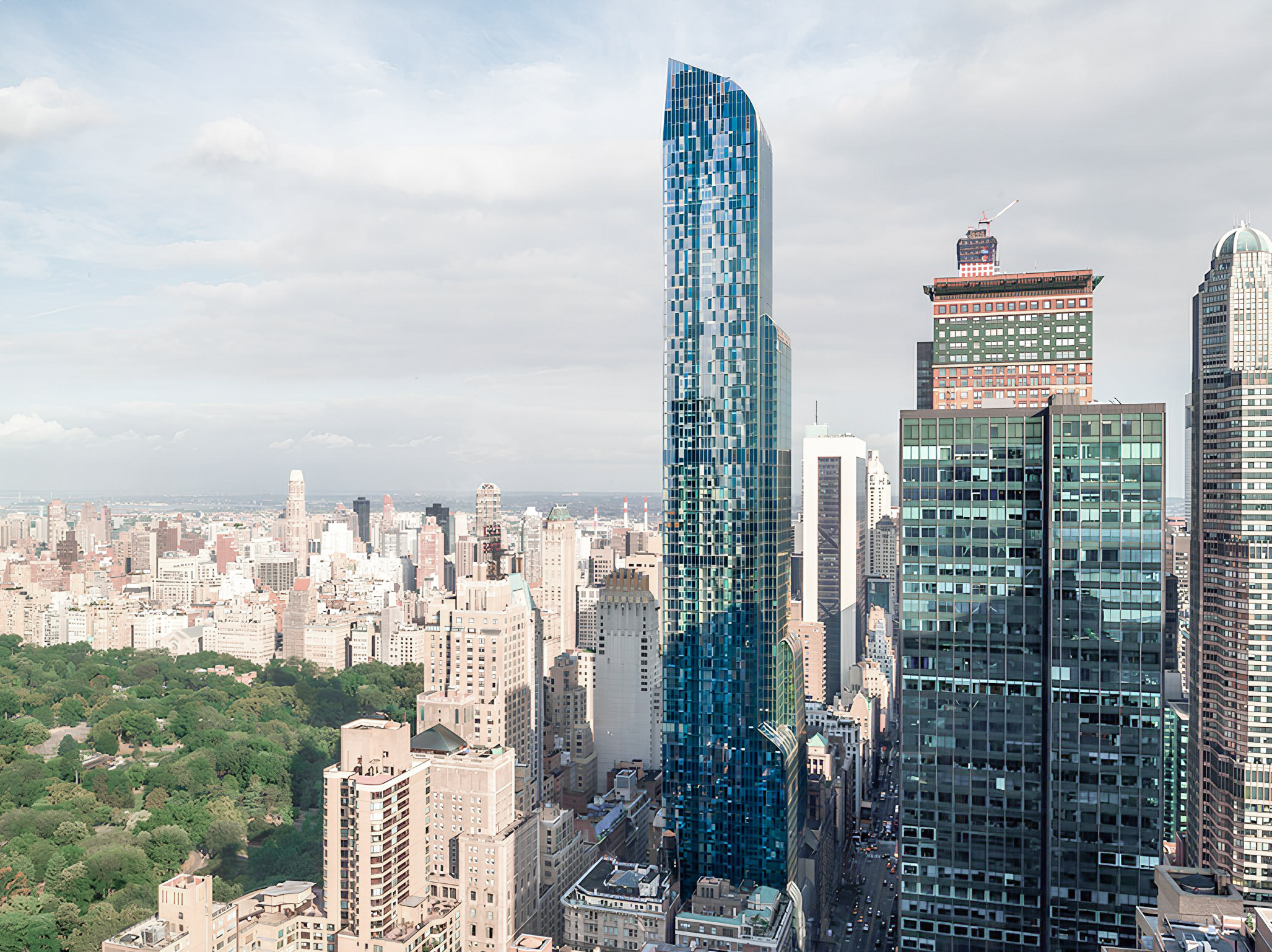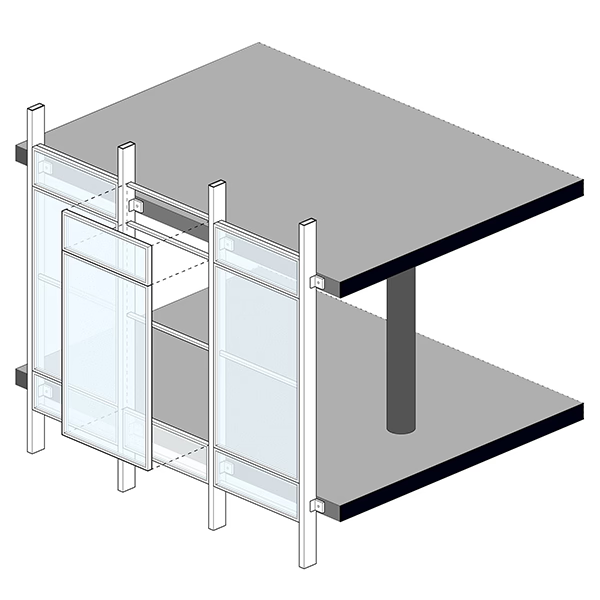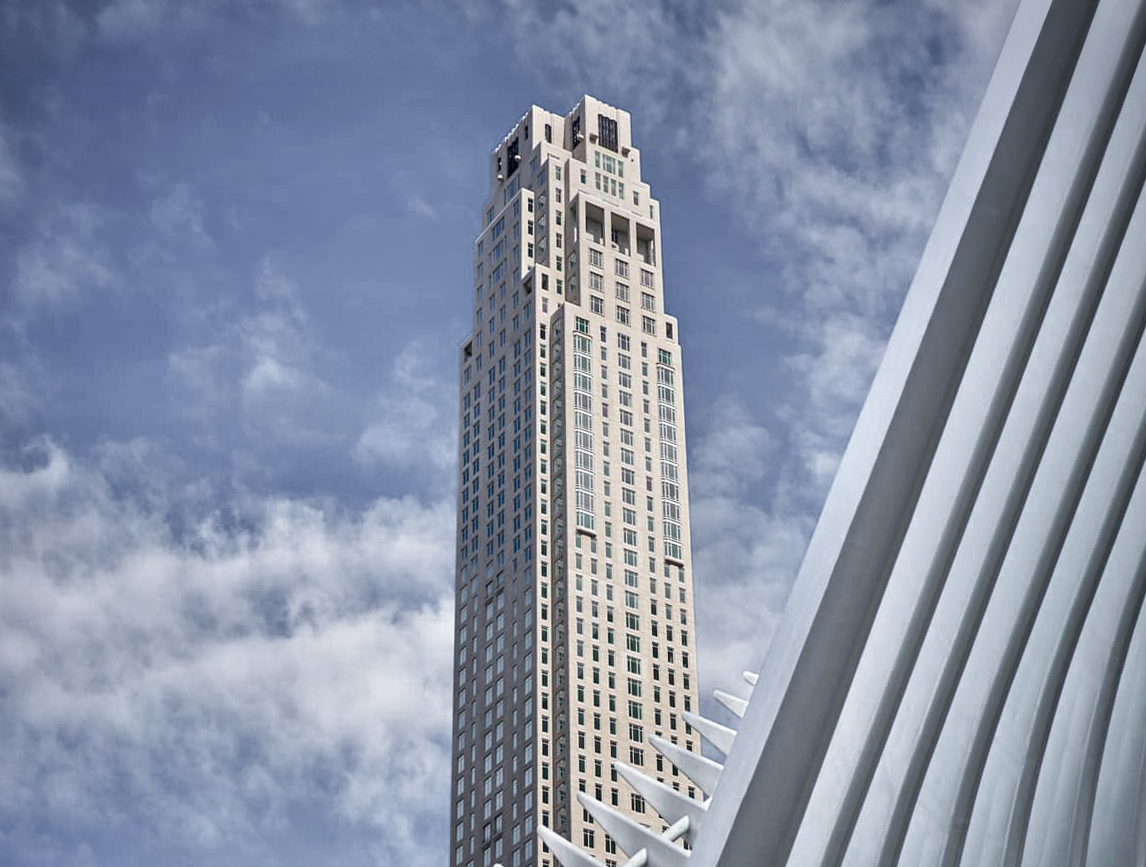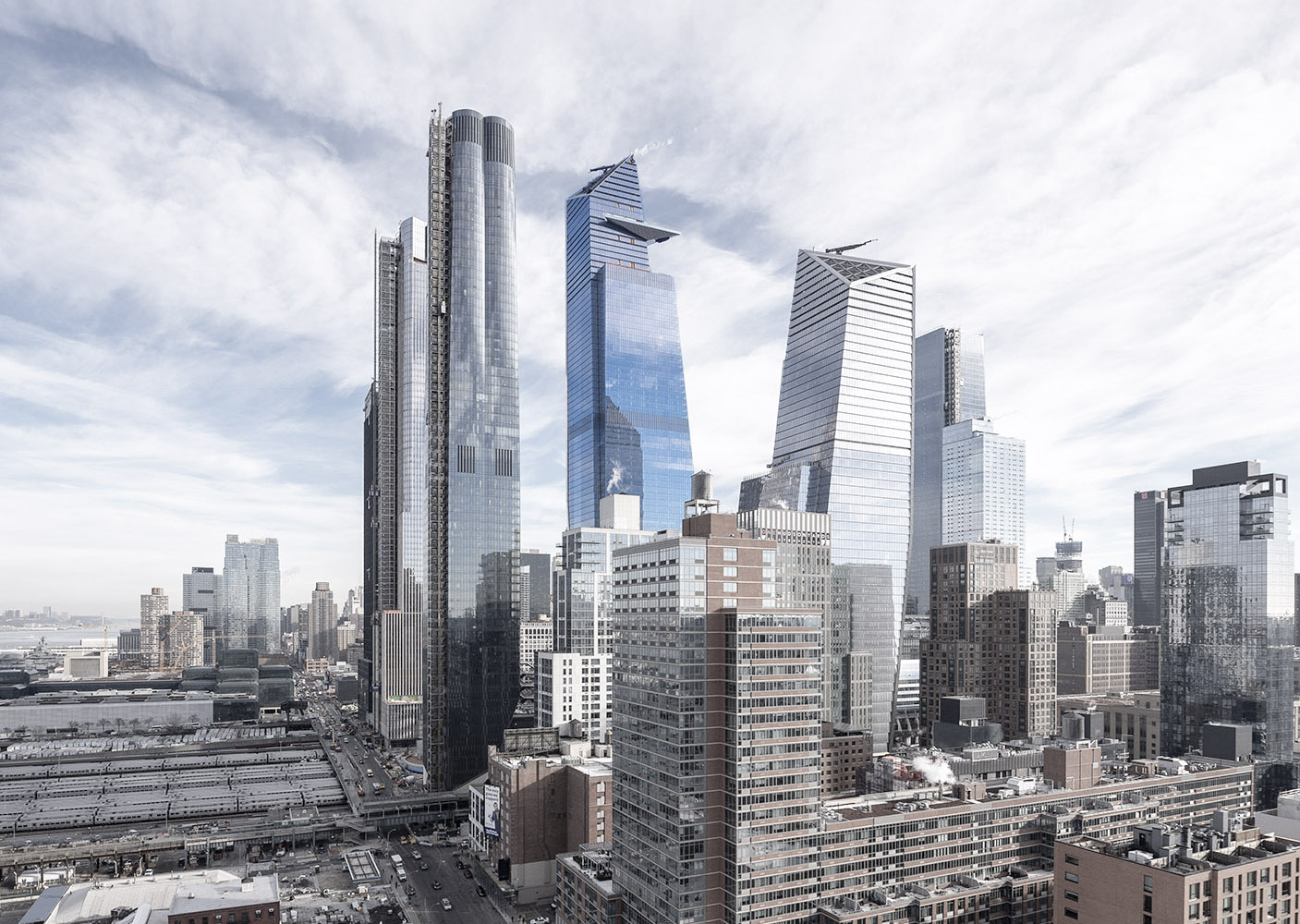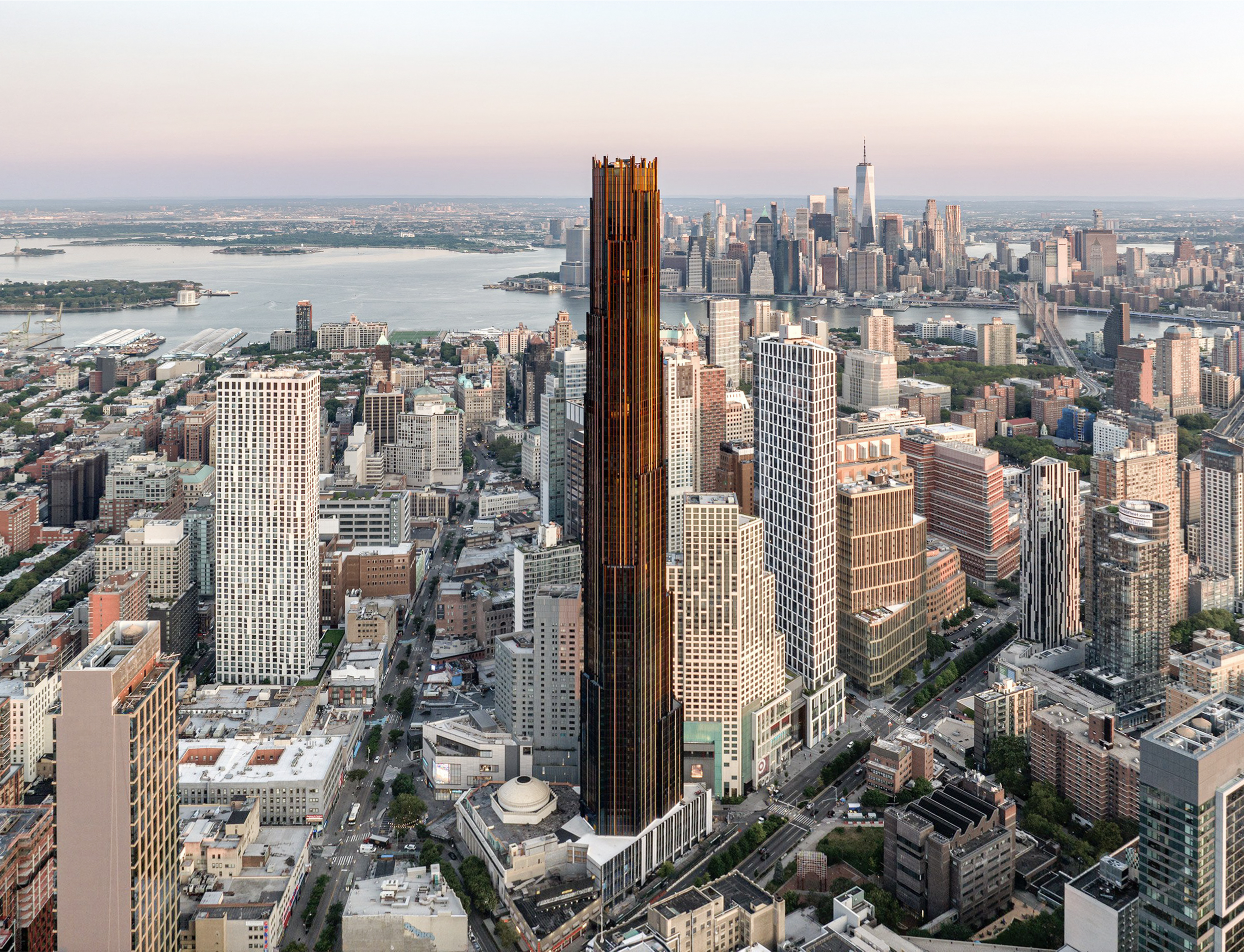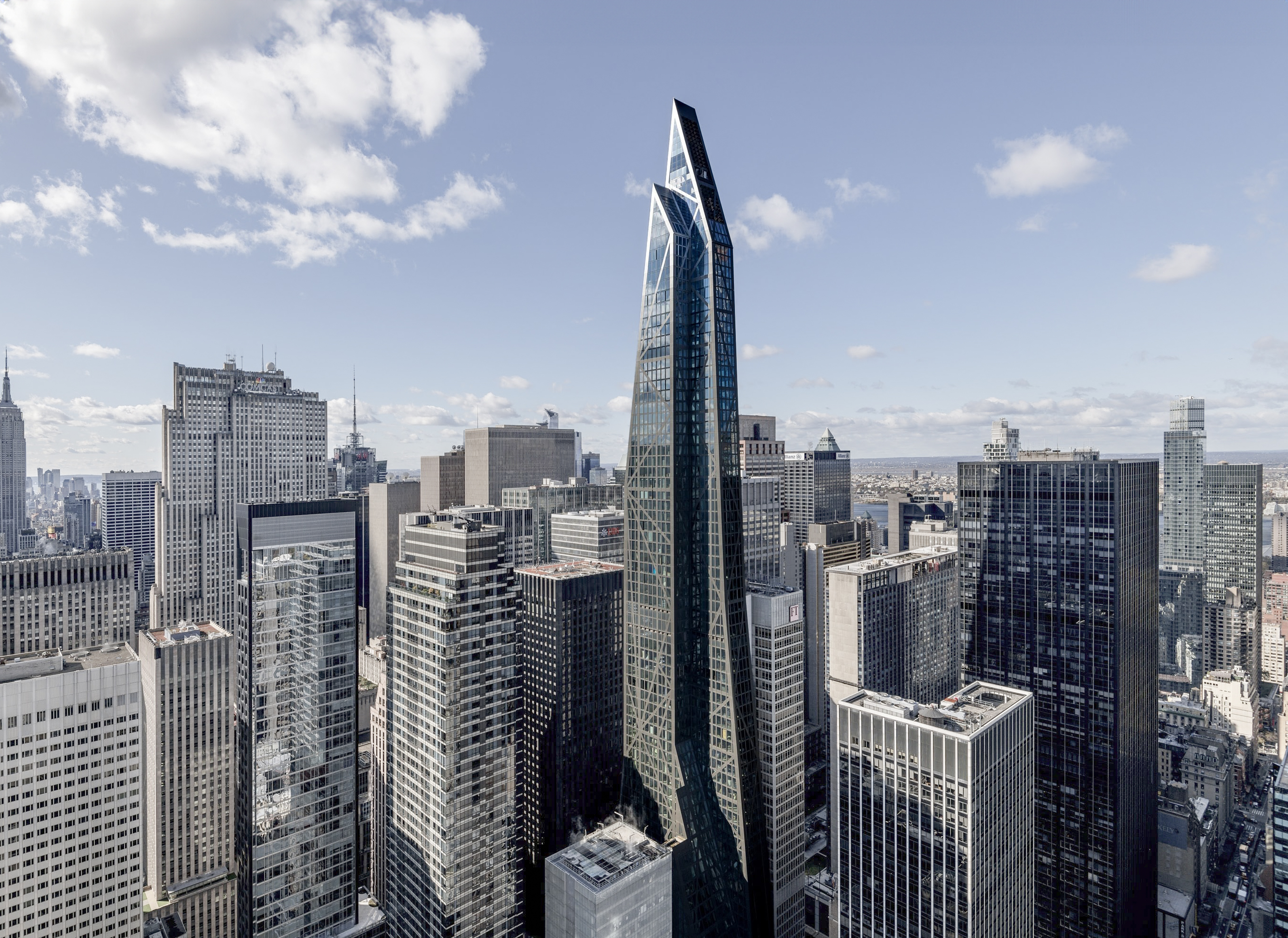The One57 Building is a Contemporary skyscraper designed by Christian de Portzamparc, in association with SLCE Architect LLP, and built between 2009 and 2014, for a reported $1.50 billion dollars, in New York, NY.
Its precise street address is 157 West 57th Street, New York, NY. You can also find it on the map here.
It took the deveolper 15 years to acquire all the plots that the building occupies, plus the air rights necessary to reach the, back then, unprecedented rights that the One57 reaches.
It held the record of being the tallest residential building in the world until the construction of 432 Park Avenue.
